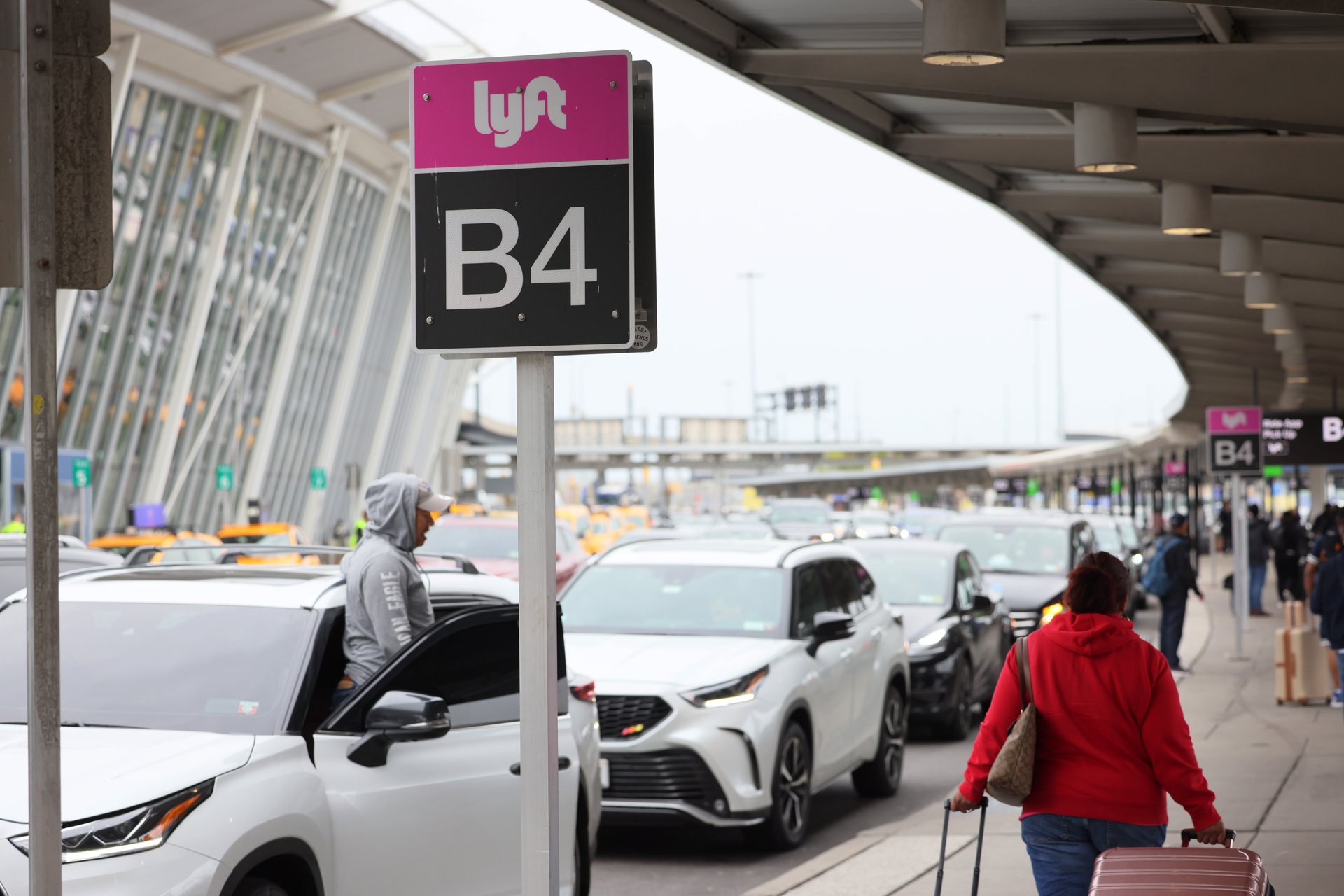Surge pricing is so hated that even Lyft's CEO is ready to 'open up a can of whoop ass'
The ridehail company plans to cap prices when demand is high — for a price

Lyft is taking on surge pricing with “something a little crazy” as part of the ride-hail giant’s plans to “open a cap of whoop ass on primetime,” as CEO David Risher said earlier this week.
Suggested Reading
San Francisco-based Lyft is introducing Price Lock, a feature that will let consumers purchase a monthly subscription that caps the price “per specific route at a specific time,” Risher explained during the company’s second-quarter earnings call Wednesday.
Related Content
Price Lock is designed to deal with what Lyft calls primetime, or surge pricing, when prices are raised or lowered depending on demand and supply. Companies like Uber and Lyft have used surge pricing to pad their margins by increasing the cost of rides when demand is highest — like during rush hour — or when supply is low, such as the early hours of the morning. During times of low demand and high supply, prices should be lower.
The feature would be a major aid for commuters who use Lyft’s services to go to work during hours of peak demand, albeit with the additional monthly fee. Risher said the company isn’t sure how much the fee will be, although it will “definitely” be less than $5.
“Primetime won’t ever completely go away. It’s an important way to match supply and demand,” Risher said. “But with innovations like Price Lock, we can chip away at how often it occurs and hopefully take what I’m willing to bet is rideshare’s most hated feature, and turn it into a reason to choose Lyft.”
Risher first spoke about getting rid of surge pricing just shy of a year ago, calling it a “bad form of pricing raising” that riders hate “with a fiery passion.” At the time, he noted that it suppresses demand because riders will look elsewhere to avoid paying the extra fees after a long day of work. Since then, Lyft has worked to get rid of the fees.
During the April to June quarter, Risher said the average primetime cost included per ride fell 25% compared to the previous quarter. The biggest declines were seen in Phoenix, Baltimore, and Orlando, which he said were the markets where conversion rates were improving the most.
Lyft’s second quarter was its first that saw the company make a profit. It recorded a net profit of $5 million from a $114.3 million loss a year earlier, fueled by a record 23.7 million active riders, a 10% increase compared to a year prior.
But Lyft shares plunged Wednesday after the company said it expects third-quarter gross bookings between $4 billion to $4.1 billion, below Wall Street’s expectations. The stock is up more than 7% in intraday trading Thursday, wiping out some of its losses.